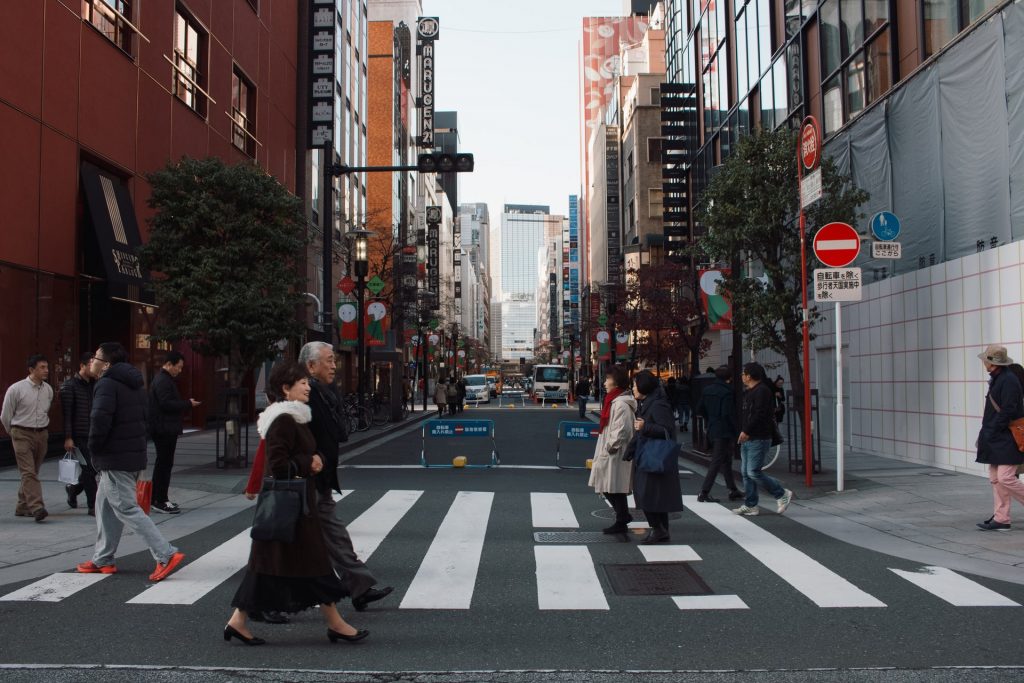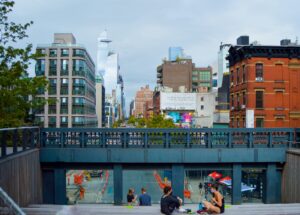As more cities try to improve walkability–from car-free “superblocks” in Barcelona to heat-protected walkways in Dubai–a new report outlines the reasons behind the shift, the actions that cities can take to move away from a car-centric world, and why walkability matters.
“The benefits of walkability are all interconnected,” says James Francisco, an urban designer and planner at Arup, the global engineering firm that created the report. “Maybe you want your local business to be enhanced by more foot traffic. But by having that benefit, other benefits are integrated. Not only do you get the economic vitality, but you get the social benefits–so people are out and having conversations and connecting–and then you get the health benefits.” A single intervention can also lead to environmental and political benefits.
The report sifted through dozens of studies to quantify 50 benefits of walkability in cities.
Read the full article on Fast Company
Author: Adele Peters
Recommended by Stephanie Cheung











More Stories
A stealthy reimagining of urban public space by Elizabeth Diller
Security by Design: Protection of public spaces from terrorist attacks
10 years of Global Public Space Programme – Annual Report 2022 and reflections on a Decade of Public Space